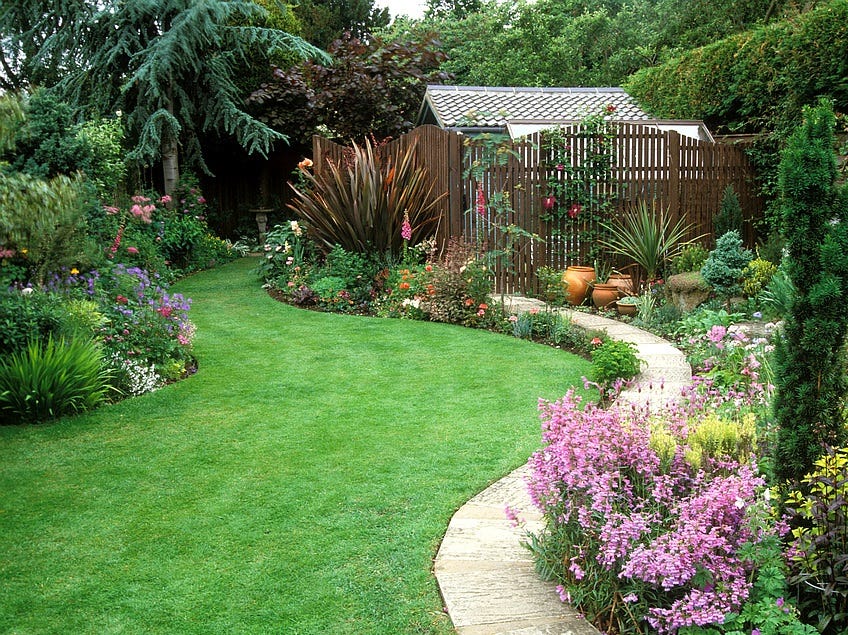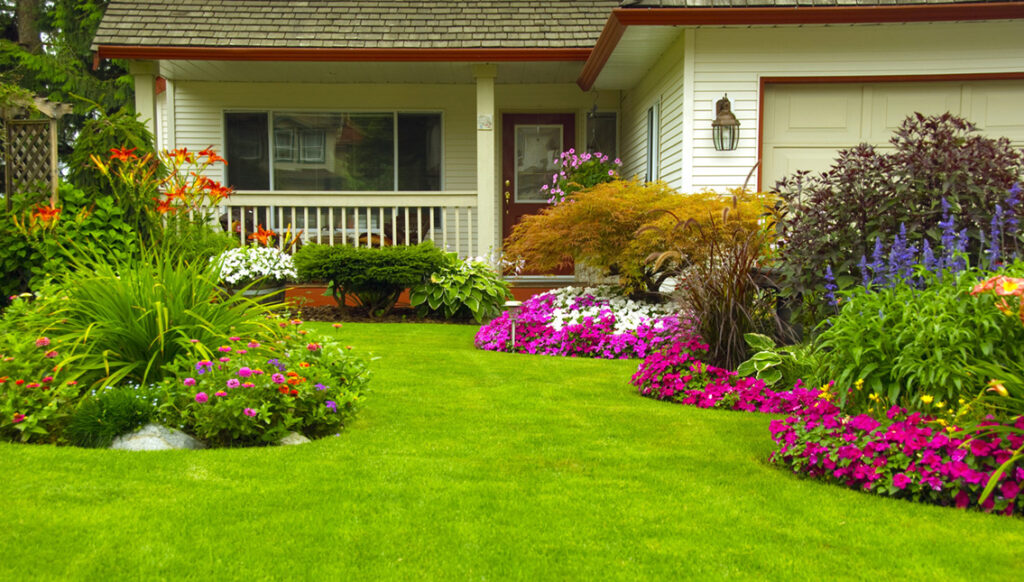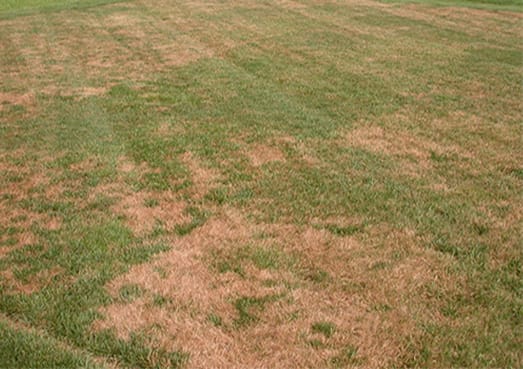Why Your Leander Lawn Might Be Turning Brown (And How to Fix It Fast)
Nothing is more frustrating for a homeowner than seeing their once vibrant, green lawn turn brown. In Leander, Texas, with its hot summers and unpredictable weather, a lawn can quickly go from lush to lackluster. If you’re noticing brown patches or yellowing grass in your yard, don’t panic. There are several common reasons for this issue, and with a little attention, you can get your lawn back to its healthy, green state. In this blog, we’ll explore the most common causes of a brown lawn in Leander and how to fix them fast.


Leander’s hot summers often bring drought conditions that can stress your lawn, especially if it’s not being watered properly. Grass requires consistent moisture to stay green, and prolonged dry spells can lead to brown, crispy grass. While some grass varieties, like Bermuda and Zoysia, are more drought-tolerant, they still need deep watering during dry periods to thrive.
How to fix it:
- Water deeply but infrequently: Instead of shallow, frequent watering, water your lawn deeply once or twice a week, especially during summer. This encourages the grass roots to grow deeper, making the lawn more drought-resistant. Aim for about 1 to 1.5 inches of water per week, including rainfall.
- Water early in the morning: Early morning watering allows the grass to dry off during the day, reducing the risk of fungal diseases.
Mowing is essential for a healthy lawn, but improper mowing can lead to brown patches. Cutting the grass too short (scalping), mowing when the grass is wet, or using a dull blade can damage the grass, leaving it vulnerable to heat stress, disease, and pests.
How to fix it:
- Set your mower to the right height: In Leander, most warm-season grasses like Bermuda and Zoysia should be kept at about 2 to 3 inches tall. Cutting too short exposes the soil and stresses the grass, leading to browning.
- Use a sharp mower blade: A dull blade can tear the grass, leaving jagged edges that turn brown. Regularly sharpen your mower blade to ensure a clean cut.
- Mow when the grass is dry: Mowing wet grass can cause clumping and uneven cuts. Mow during dry conditions to avoid damaging your lawn.
If your lawn is turning brown, it might not be getting the nutrients it needs to stay healthy. On the other hand, over-fertilizing can lead to a different issue—burnt grass. A lack of essential nutrients like nitrogen, phosphorus, and potassium can result in a weak lawn that turns brown. However, too much fertilizer, particularly nitrogen, can burn the grass and cause it to turn yellow or brown.
How to fix it:
- Fertilize properly: Apply a slow-release fertilizer in the spring and fall to provide your lawn with the nutrients it needs. Be sure to follow the manufacturer’s guidelines and avoid over-fertilizing.
- Soil test: Conduct a soil test to determine if your lawn is lacking specific nutrients. Based on the results, you can adjust your fertilizer schedule to meet your lawn’s needs.
Insects, like grubs and chinch bugs, can damage the roots of your grass, causing it to turn brown. Additionally, fungal diseases such as brown patch and dollar spot can lead to brown spots and patches in your lawn. These pests and diseases often thrive in warm, humid conditions, which are common in Leander during the summer months.
How to fix it:
- Treat for pests: If you notice brown patches accompanied by insect activity, consider applying an insecticide to eliminate grubs or chinch bugs. Always follow the manufacturer’s instructions for application.
- Control fungal diseases: Use a fungicide to treat common lawn diseases. Make sure to apply it during the early morning or evening when temperatures are cooler to prevent further damage.
Compacted soil prevents water, air, and nutrients from reaching the grass roots, leading to brown, patchy areas. In Leander, where clay soils are common, this problem can be especially prevalent. Additionally, poor drainage can result in puddles or soggy areas, leading to fungal growth and root rot.
How to fix it:
- Aerate your lawn: Aerating your lawn by removing small plugs of soil helps relieve compaction and improves water penetration. This will promote healthier root growth and reduce brown patches.
- Improve drainage: If you notice puddles or soggy areas, consider installing a drainage system to help water flow away from the lawn. You can also topdress your lawn with compost to improve soil structure.
While underwatering is a common cause of brown lawns, overwatering can also lead to grass stress and browning. Consistently soggy soil can suffocate grass roots, depriving them of oxygen, which leads to yellowing or browning of the grass.
How to fix it:
- Adjust your watering schedule: Avoid watering too frequently. Focus on watering deeply but less often to ensure the water penetrates the soil properly and doesn’t just sit on the surface.
- Ensure good soil drainage: If the soil is compacted or doesn’t drain well, consider aerating and adding organic matter to improve water flow.
Conclusion
A brown lawn in Leander can be caused by a variety of factors, but with the right knowledge, it’s possible to restore your yard to its green, healthy state. Whether it’s adjusting your watering schedule, fixing soil compaction, or treating pests and diseases, these common causes can be addressed quickly to revive your lawn. By following these expert tips, you can get your Leander lawn back on track and enjoy a lush, green yard all year long.



